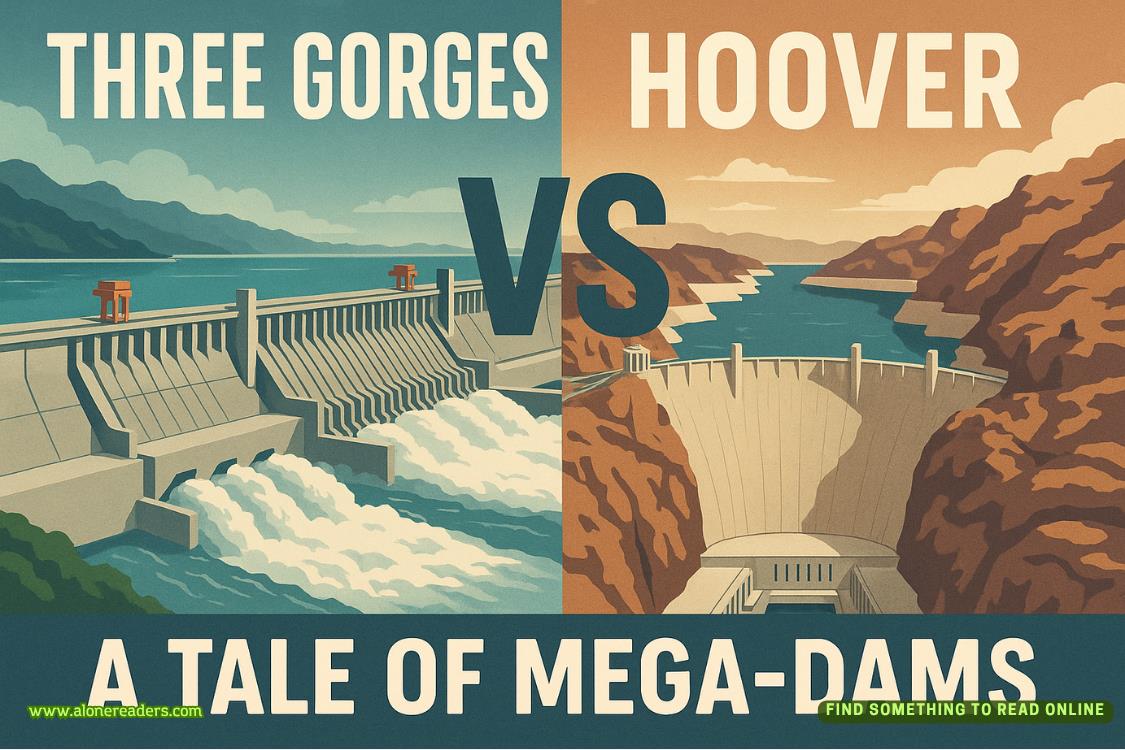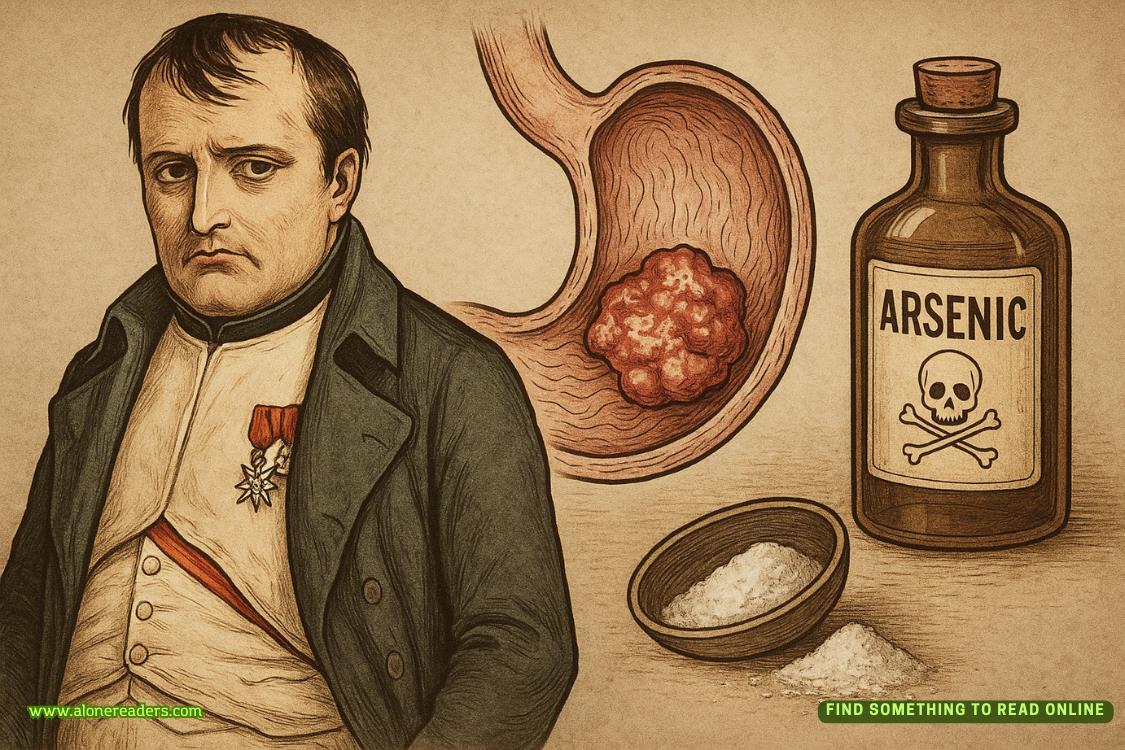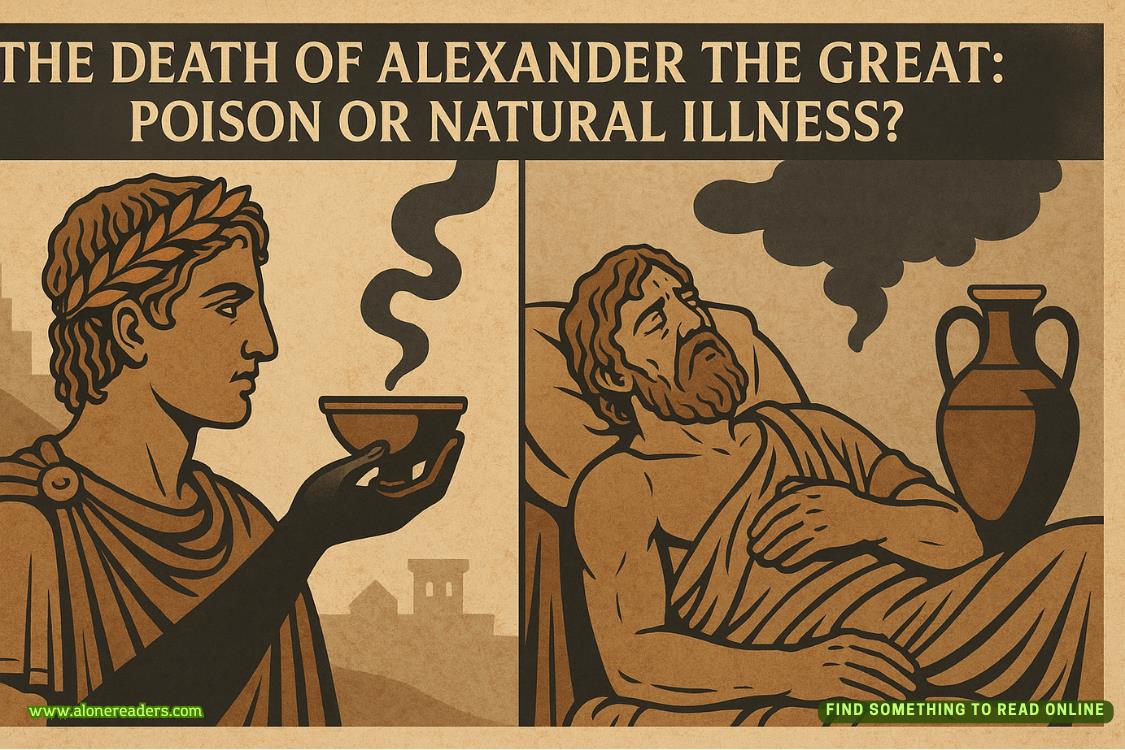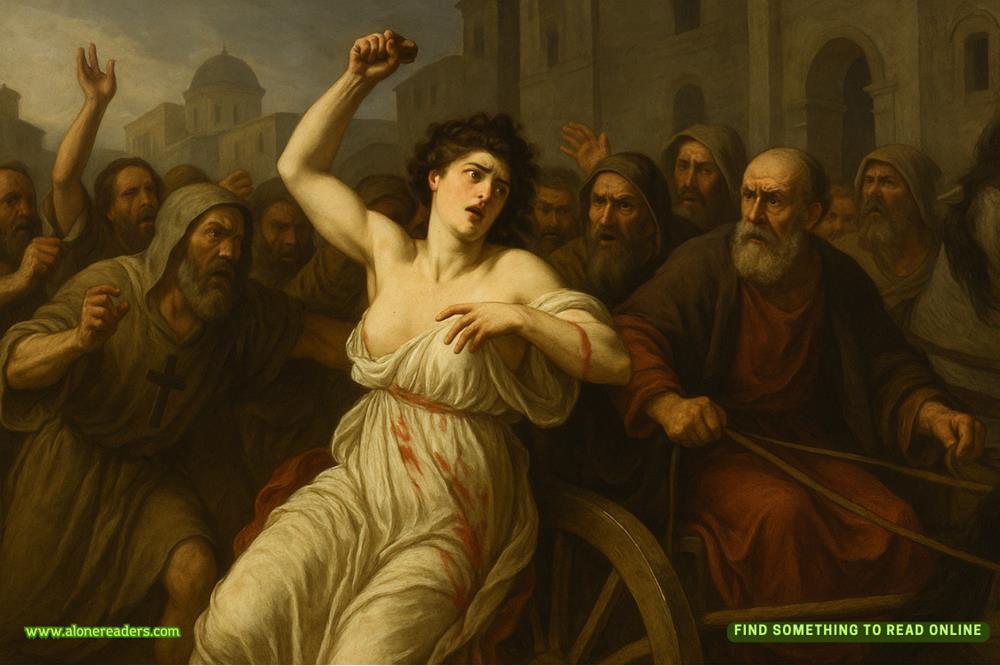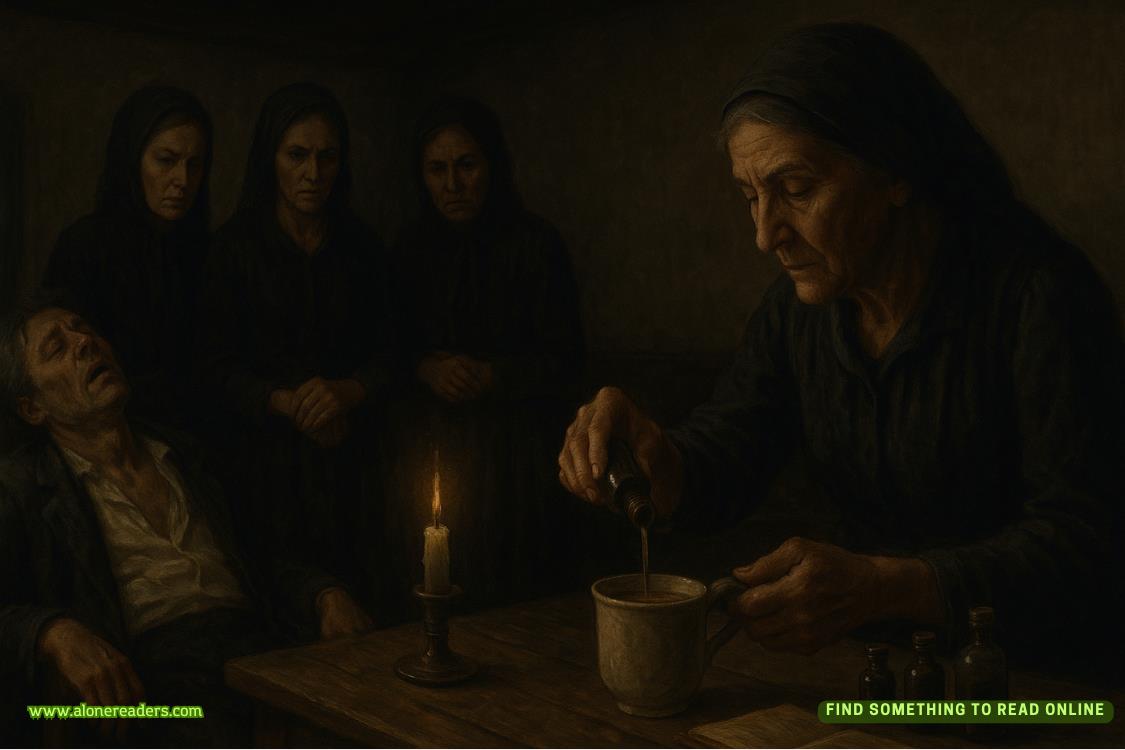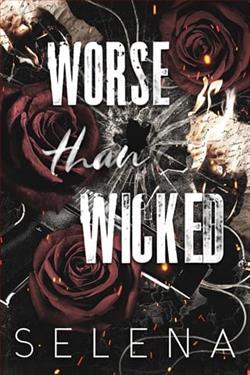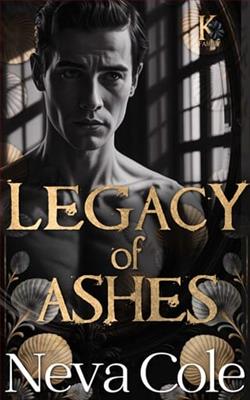Page 58 of The Pairing
“Yeah.”
“Oh. Oh,no.Oh God, did I—?”
“No, nothing happened, you’re fine,” I say as Kit releases me and scrambles backward.
He looks like he wishes he had been born a slug, which is obviously how you want a person to look after they’ve spooned you. I think I might start laughing. “It’s not a big deal. It’s, like, muscle memory, and I think I started it anyway.”
“I’m sorry,” he says miserably. “I didn’t mean to.”
“It’s okay!” I am laughing now, hysterical, insuppressible hiccups.
“Why are you laughing! I’m embarrassed! This is embarrassing!”
“Sorry!” I gasp. “I’m sorry, I’m just—I’m so glad it’s not me.”
“Theo.”
“Who were you dreaming about? Was it the chocolatero?”
“I—” Kit begins, but he’s cut off by the blaring jingle of his phone alarm. I take it from the nightstand and toss it to him, wiping a tear from my eye as he shuts it off.
“I guess we’re awake,” he says.
“I guess so.”
“Can we please,” he says, “pretend this never happened?”
I look at him, wide-eyed and crumpled against the wall in his underwear, his hair mussed from sleep and falling into his beautiful face. I want to smooth it away with my hands. I want to keep laughing forever. I want to pretend nothing happened, but only because he does.
“Yeah,” I say. “Of course, Kit. Of course.”
He fixes me with a plaintive look. “You mean it?”
“Kit. Come on. It’s us.”
At last, he smiles weakly.
“It’s us.”
He gets dressed to head upstairs, already talking about Sagrada Familia, how he’s read an entire book about it but pictures can’t do it justice. Once he’s gone, I walk over and slide the window shut. My reflection is full of color, my eyes dilated like I’ve had too much to drink. On the street below, two people are kissing.
There aren’t words for Sagrada Familia.
Maybe, if you could fold everything a person can see and know and experience in on itself, every face, every feeling, if you could max out all the bars on how much a thing can exist, it would be this five-hundred-foot-tall church. Millions of stone details on its facade. Figures and foliage and symbols and painstaking wrinkles of cloth. And somehow, inside, there’s more.
Every last inch has a complex, deliberate geometry, no straight line or unadorned surface. Groves of columns spiral up, transforming from squares to octagons to sixteen-sided shapes to circles, splitting into a canopy of bursting stars. Immense stained glass panes pour rainbows of light through the naves, fiery reds and oranges to one side and drowning blues and greens to the other, tunnels of color deep enough to swim through. Every feature is one detail on top of another and another, strange curves and jagged edges and joining corners that seem impossible.
We’re led around with little transmitter boxes on lanyards, Fabrizio filtering out through tinny earbuds, voice sweet as ever. But I listen instead to the echoing murmurs of hundreds of voices in a hundred languages, the slaps of sandals against marble.
Kit lags behind, and I let myself fall to his side. His earbuds are loose around his neck. The look on his face is pure, slack, sparkling wonder.
I think of the museum in Bordeaux, the painting of the woman on the rubble. How I told myself he’d answer if I asked about the painting.
“Hey,” I say, quiet as the group moves on without us. “Tell me what you read about this place.”
Kit smiles.
In a low, gentle voice, he tells me everything. How the columns and their branching vaults are meant to evoke the feeling of walking through a forest, their double-twisted design inspired by oleander branches. He talks about Gaudí, the artist and architect who devoted forty-three years of his life to building this church, the only love of his life and his great unfinished project, how he lived on the grounds and is buried in the crypt below to be with her forever.



